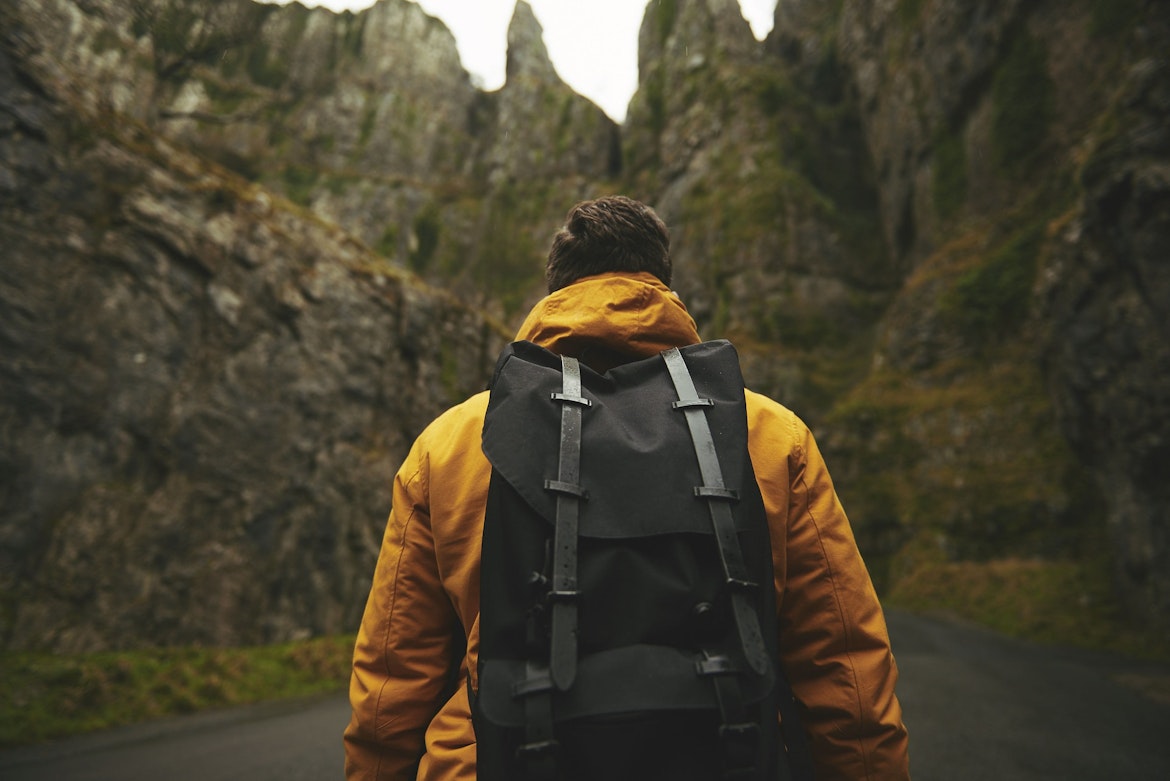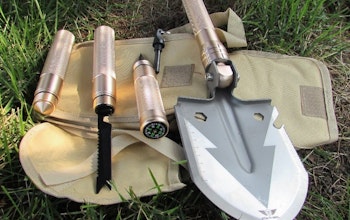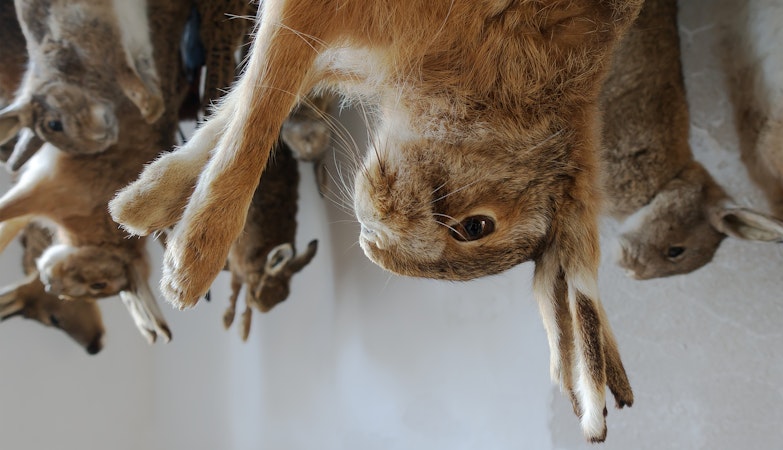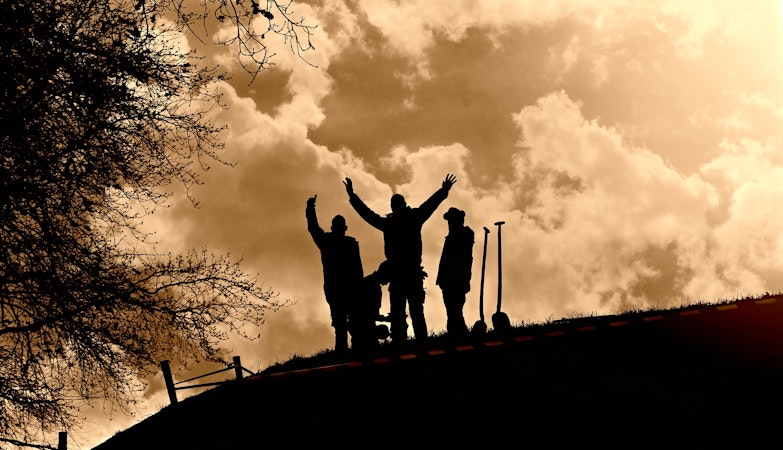Extra Stuff In Your Pack
I do not remember when I had my first “survival pack”. I do remember that after World War Two ever boy had access to a variety of discarded military items brought home by relatives. Every kid had knapsacks, army shovels, “clamshell” mess kits, army blankets, canteens, as well as pup tents and a variety of web gear. Having a rather unsecure childhood, I soon tended to pack various “survival” items and supplies into an old army pack. Through some very rough times the existence of the pack provide a level of comfort when nothing else did. I still have a few of the original items and even the original army blanket. By this time in life I probably have built, rebuilt and updated my pack 25-30 times. I seldom do “survival pack” classes or articles anymore since so many others are doing them. Beyond the basics of water, food, shelter, hygiene and first-aid there are a few items that the would-be survivor might (or might not) have overlooked. I have written more detailed articles about each item in Live Free’s American Survivor newsletter.
Binoculars or a Monocular: Even a cheap small pair of binoculars in the 4 to 6 power range gives you a great advantage. You can see what’s coming before it gets to you and you can see where you are going before you get there. You can scout out safe routs and safe locations. You can locate campsites and hazards. You have a big advantage when you need it most.
A small AM/FM/WB Radio: Don’t depend on cell phone APS. I used to carry a little “transistor radio” in the 70s. Today you can get very small AM/FM/WB radios that are crank, battery and solar powered and even can recharge your cell phone. You need to know what’s going on out there and what’s coming your way.
A folding shovel: Way back I had a big army shovel that was way too heavy to carry around. I substituted a garden trowel for many years. Now you can get a variety of small lightweight shovels. These are great for sanitation, fire management and shelter building. Some come with axe and saw blades
Tyvek ™ suit: These are the white hooded coveralls you see used by medical technicians, painters, etc. I always carry one in my pack. This is a chemical, fallout, biological protection worn over my clothing or an emergency body covering if my clothing needs to be decontaminated or dried. It also is good winter camouflage. They are cheap, weigh very little and take up very little pack space.
N-95, dust/mist mask: These are available in painting supply stores. I recommend carrying one in your jacket pockets and at least 2-4 in your pack. Combined with the Tyvek ™ suit or just a rain poncho you have some NBC protection. In survival conditions a lot of nasty things (e.g. dust, smoke, toxics) will be in the air. They also should help conserve body heat loss from respiration in cold weather.
Pain Killer including aspirin: Survival situations will result in a variety of injuries, illnesses, strains and stress. For those over 50-years of age, aspirin is a must as it may be the only option you have for preventing or reducing the effects of a heart attack. Pain will reduce your overall survival effectiveness. A doctor told me that combination of 2 Tylenol and 3 Alive tablets taken together is safe and will give pain relief comparable to codeine.
Seasoning and bullion: You may need to hunt, forage and eat foods you are not accustomed to. Consider having beef and chicken bullion cubs and maybe a few of your favorite seasonings.
Spare glasses: Put that old prescription pair or reading glasses or at least a good magnifying glass in the pack. You are going to need to do some reading and fine work in survival situations.
Don’t forget sever pair of extra socks and foot powered. I always keep my pack in a tote bin for extra protection. I keep a pair of good boots and a weapon and ammo in there with it. This makes it a one grab and go if necessary.









